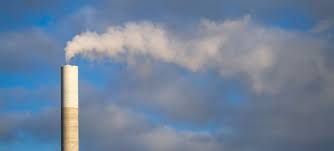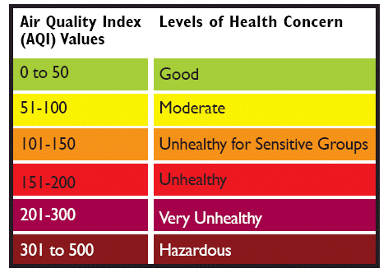Air Quality monitoring has existed since the 70's, and surprisingly, the equipement used nowdays is still based on the same technology as in the 70's, i.e Beta Attenation Monitors (aka BAM). Almost 50 years later, in 2014, the progress in technology is now allowing us to use new solutions to monitor the Air Quality, with a quality as good as the BAM monitors, but at a much more affordable cost.
The World Air Quality Index project team is involved in understanding, assessing and verifying those new technologies, and this to ensure that they can realiably replace the more traditional BAM-based setups. In this page, you wil find the list of on-going, planned and concluded experiements.
--
On-going experiments
- The Dylos Air Particule counter: Can it be used as a substitue of more expensive BAM monitors? A one-year long experiments on trying to correlate Dylos and BAM data in Beijing.
- Low-cost shinyei and samyoung Sensors: Low cost sensors are used in many of the 'Air Sensor Toys' appearing on Internet. But, can those ultra low-cost sensor provide any good information on air quality? Can any reliable AQI be deducted?
Concluded experiments
- Deducting PM2.5 and PM10 concentrations from the Dylos monitor readings: An experiment to understand how to use the Dylos real-time readings to deduct, with high confidence, PM2.5 and PM10 concentrations.
- Estimating PM2.5 AQI when only PM10 sensors are available. Experimentation and real-time simulation applied for South Korea.
- Haier Air Box: A reverse engineering of the Haier AirBox air quality sensor for the smart home.
Planned experiments
- Correlatation between PM10, PM2.5 and the local dust type. An extension of the PM2.5 AQI estimation from PM10 AQI experiment.
- The GFS Wind forecast: Is it really accurate? How do actual and predicted data differ?
- Predicting Air Quality: using the GFS wind forecast to predict Air Pollution flux
--
And if you are an organization or department with official Air Quality data that you would like to publish on aqicn.org, please refer to our publishing data guide.
--



